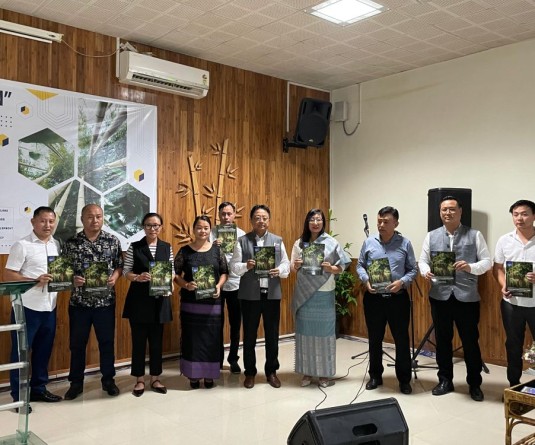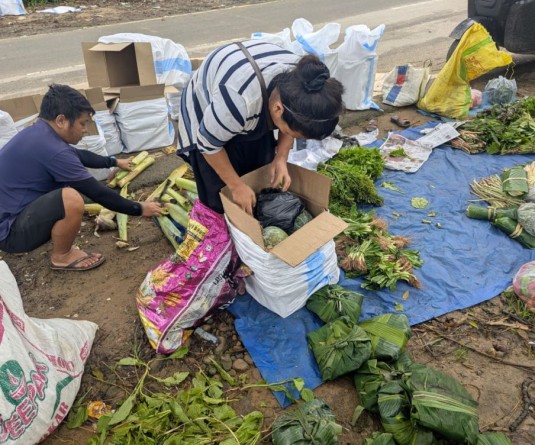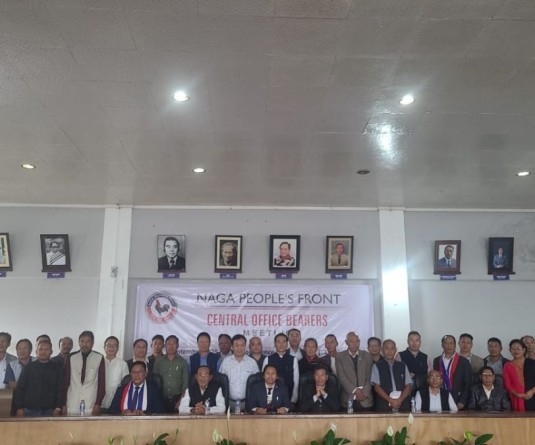
Our Correspondent
Kohima | October 27
The Nagaland State Disaster Management Authority (NSDMA) has prepared a comprehensive Nagaland Disaster Management School Safety Policy 2019 in collaboration with the Department of School Education with primary objective to ensure the creation of safe learning environments for children.
Chief Minister Neiphiu Rio in a message lauded the NSDMA and school education department for coming up with such a policy with an ambition for safety of school children and for Disaster Risk Reduction in the state.
“I fervently hope that policy guidelines will take the state towards stronger resilient society in the long run,” Rio stated.
“I am confident that this policy will greatly facilitate in ensuring that the schools across Nagaland are disaster resilient and adhere to the highest standards of safety,” stated Nagaland Chief Secretary Temjen Toy.
This School Safety Policy seeks to highlight specific actions towards school safety that can be undertaken by different stakeholders within the existing framework for delivery of education. The Policy stands for a vision of Nagaland, where all children and their teachers, and other stakeholders in the school community are safe from any kind of risks due to natural/manmade hazards.
The Nagaland Disaster Management School Safety Policy applies to all schools in the state- whether government, aided/un-aided or private, irrespective of their location in rural or urban areas. It also applies to all stakeholders involved in delivery of education to children in Nagaland.
The guidelines stand for a vision of Nagaland where all children and their teachers, and other stakeholders in the school community are safe from any kind of preventable risks due to natural/man-made hazards that may threaten their well-being during the pursuit of education.
The guidelines also actively promote that educational continuity is maintained / resumed even in the immediate aftermath of a disaster so that children are physically, mentally and emotionally secure within their schools.
The key challenges in implementation of school safety measures include fire extinguishers, first aid box, torch, thick rope, ladders, stretcher, temporary shelter (Tents & Tarpaulins), sand buckets, provision to purchase at a subsidize rate for the schools, regular awareness trainings, provision for retrofitting of narrow stair case, monitoring Committee for scrutinizing the subject for Disaster Management (DM) for different level of class etc.
The Policy emphasizes on the need for active mainstreaming of disaster risk reduction in all the school education initiatives in the state.
In a collaborative approach between the State Education Departments and the State Disaster Management machinery, collaboration, would be necessary especially for capacity development activities such as sensitization of officials, public awareness on disasters, training of students and teachers; pre-positioning equipments for emergency response, allocation of Funds for creation of educational material/ purchase of equipments relating to disasters and monitoring of risk.
The fundamental principles that form the core approach of these guidelines include formation of School Disaster Management Club (SDMC) in all the schools with a minimum financial allocation of Rs.3000 annually, a monitoring committee comprising of members from both government & private schools to review the DM topics/Chapters for different level of classes, and a committee headed by the head of the institution to oversee the planning, execution and monitoring in the school.






